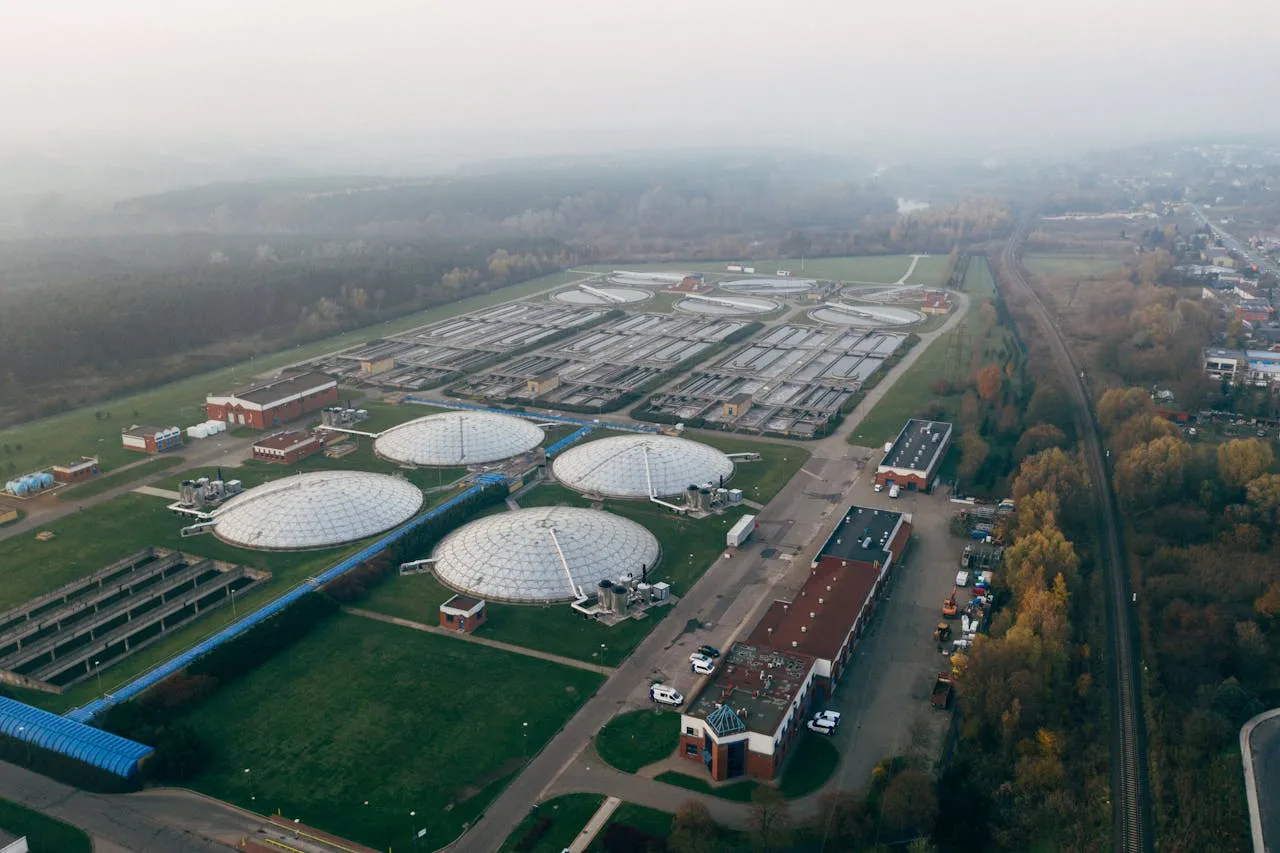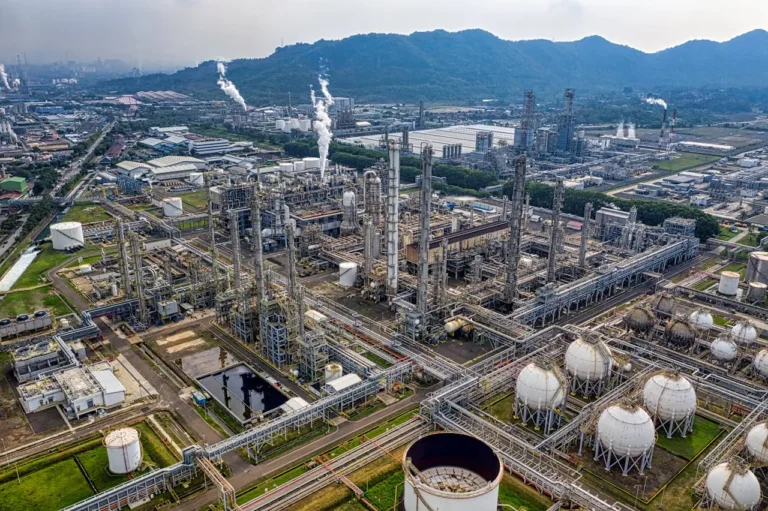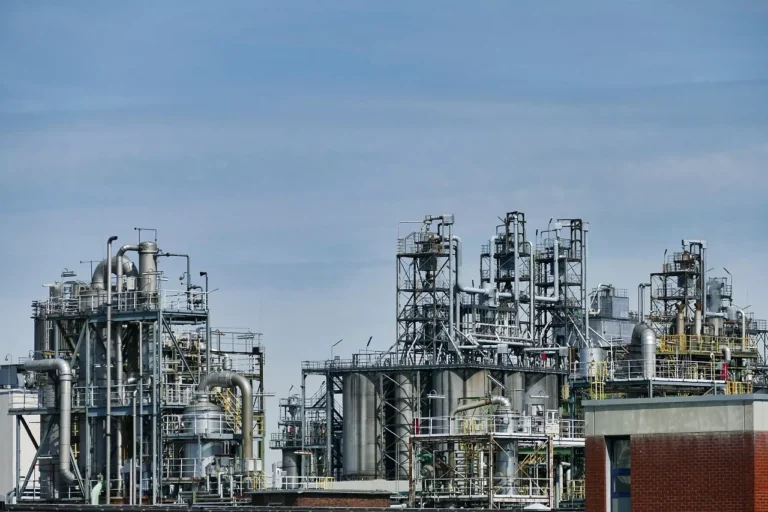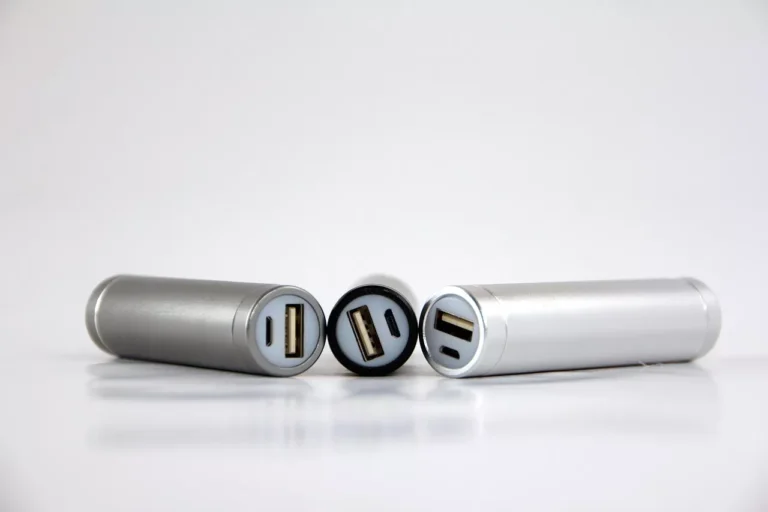
Ingenium and Veolia North America Announce Strategic Partnership to Secure Hazardous Waste Treatment Capacity for Growing Industrial Demand
Ingenium and Veolia North America have formalized a significant strategic partnership aimed at addressing the escalating demand for hazardous waste treatment capacity within the United States industrial sector. This collaboration guarantees Ingenium access to Veolia’s soon-to-be operational high-temperature waste treatment facility located in Gum Springs, Arkansas, slated to open in 2025. The alliance is designed not only to secure essential treatment capacity but also to reinforce sustainable practices in hazardous waste management, thus supporting the expanding industrial landscape across the country.
Meeting Growing Industrial Waste Treatment Needs
The U.S. industrial sector is experiencing considerable growth, driven by advancements in manufacturing, energy production, and chemical processing industries. As these sectors expand, so too does the volume and complexity of hazardous waste generated. Effective and environmentally responsible treatment of such waste is critical to protecting public health, ensuring regulatory compliance, and supporting the circular economy. However, the availability of high-capacity, technologically advanced treatment facilities remains limited in the U.S., creating bottlenecks for companies that rely on these services.
Ingenium, a leading provider of hazardous waste management solutions with a strong footprint in the western United States, has recognized the need to secure reliable treatment infrastructure to support its client base. By partnering with Veolia North America, a global leader in environmental solutions, Ingenium ensures access to world-class waste treatment capacity that meets the highest safety and environmental standards.
Veolia’s Gum Springs Facility: A New Benchmark in Waste Treatment
Central to this partnership is Veolia’s new high-temperature treatment facility in Gum Springs, Arkansas. Scheduled to begin operations in 2025, this facility represents a major investment in advanced environmental technology and infrastructure. It is designed to process hazardous waste through high-temperature thermal treatment, a method that effectively breaks down toxic substances into less harmful components while minimizing environmental emissions.
The Gum Springs facility is equipped with state-of-the-art technologies, including waste heat recovery systems and on-site solar power generation. These features reflect Veolia’s commitment to sustainability through its Green Up strategy, which emphasizes reducing the carbon footprint and environmental impact of waste management operations. Waste heat recovery technology captures excess heat generated during the treatment process and converts it into usable energy, improving the facility’s overall energy efficiency. Meanwhile, the integration of solar power further reduces reliance on fossil fuels, showcasing a forward-thinking approach to environmental stewardship.
By setting new standards for operational efficiency, safety, and sustainability, the Gum Springs plant is positioned to become a flagship model for future waste treatment facilities in the U.S. and globally.
Guaranteeing Capacity Across Veolia’s Network
Beyond the Gum Springs facility, the partnership agreement ensures Ingenium’s guaranteed access to Veolia’s existing portfolio of treatment options, including thermal treatment, landfill disposal, and fuel blending facilities located throughout the United States. This comprehensive access provides Ingenium with the flexibility to manage a diverse range of hazardous waste streams efficiently and compliantly.
Thermal treatment facilities utilize controlled combustion to destroy hazardous contaminants, while landfill sites managed by Veolia comply with strict environmental regulations to safely isolate waste from the ecosystem. Fuel blending facilities convert certain waste materials into fuel substitutes, contributing to resource recovery and circular economy initiatives.
This multifaceted access is crucial for Ingenium as it allows the company to tailor waste management solutions to the specific needs of its industrial clients, ensuring that waste is treated or disposed of in the most appropriate and sustainable manner possible.
Leadership Perspectives on the Partnership

Heather Johnson, Chief Executive Officer of Ingenium, expressed enthusiasm about the partnership, highlighting its strategic significance and alignment with the company’s core values. “This strategic partnership with Veolia North America is a significant step forward for Ingenium and our commitment to providing sustainable waste management solutions,” she stated. “Securing guaranteed access to Veolia’s state-of-the-art facilities, particularly the new Gum Springs location, ensures we can meet the demand for hazardous waste treatment while upholding our dedication to innovation and integrity.”
Johnson’s remarks underscore the importance of innovation and environmental responsibility in modern waste management practices. For Ingenium, this partnership is not just about capacity but about fostering long-term sustainability and regulatory compliance for its clients.
From Veolia’s side, Bob Cappadona, President and Chief Executive Officer of Veolia North America’s Environmental Solutions and Services business, emphasized the collaborative nature of the alliance. “This partnership between Veolia North America and Ingenium is yet another example of environmental leaders collaborating to maximize the limited thermal treatment capacity in the U.S. for the benefit of our nation’s growing industrial base,” Cappadona said. “Ingenium’s strong presence in the western U.S. makes them a key strategic partner, and we look forward to working together.”
Cappadona also pointed to Veolia’s broader GreenUp strategic plan, which frames hazardous waste management as a critical enabler of U.S. reindustrialization. “By providing essential infrastructure to support sustainable industrial growth while advancing environmental stewardship, this collaboration directly supports our vision for a greener, more resilient industrial future,” he added.
Strategic and Environmental Implications
This partnership addresses multiple challenges currently facing hazardous waste management in the U.S. industrial sector. Firstly, it alleviates capacity constraints that have historically limited the ability of industrial companies to manage their waste streams efficiently. Limited treatment capacity can lead to backlogs, increased costs, and regulatory risks, all of which hamper industrial growth and innovation.
Secondly, by incorporating advanced sustainability technologies, Veolia’s Gum Springs facility exemplifies how modern waste treatment infrastructure can contribute to broader environmental goals. Waste heat recovery and renewable energy integration reduce greenhouse gas emissions and energy consumption, supporting national and corporate commitments to carbon neutrality and sustainability.
Finally, the partnership illustrates a growing trend within the environmental services industry: collaboration between companies to optimize infrastructure use and maximize environmental benefits. As hazardous waste streams become more complex and regulations more stringent, pooling resources and expertise enables companies like Ingenium and Veolia to deliver superior services that individual firms might struggle to provide alone.
Future Outlook and Industry Impact
As the Gum Springs facility prepares for its 2025 launch, the partnership positions both Ingenium and Veolia to capitalize on emerging market opportunities related to industrial growth, regulatory evolution, and sustainability imperatives. The guaranteed access to capacity removes uncertainty for Ingenium’s clients, enabling more confident planning and investment.
Moreover, the strategic alliance is likely to inspire other companies in the environmental services sector to pursue similar collaborations, fostering innovation and efficiency industry-wide. The emphasis on sustainable operations aligns with global trends pushing for circular economy principles and the reduction of industrial environmental footprints.










